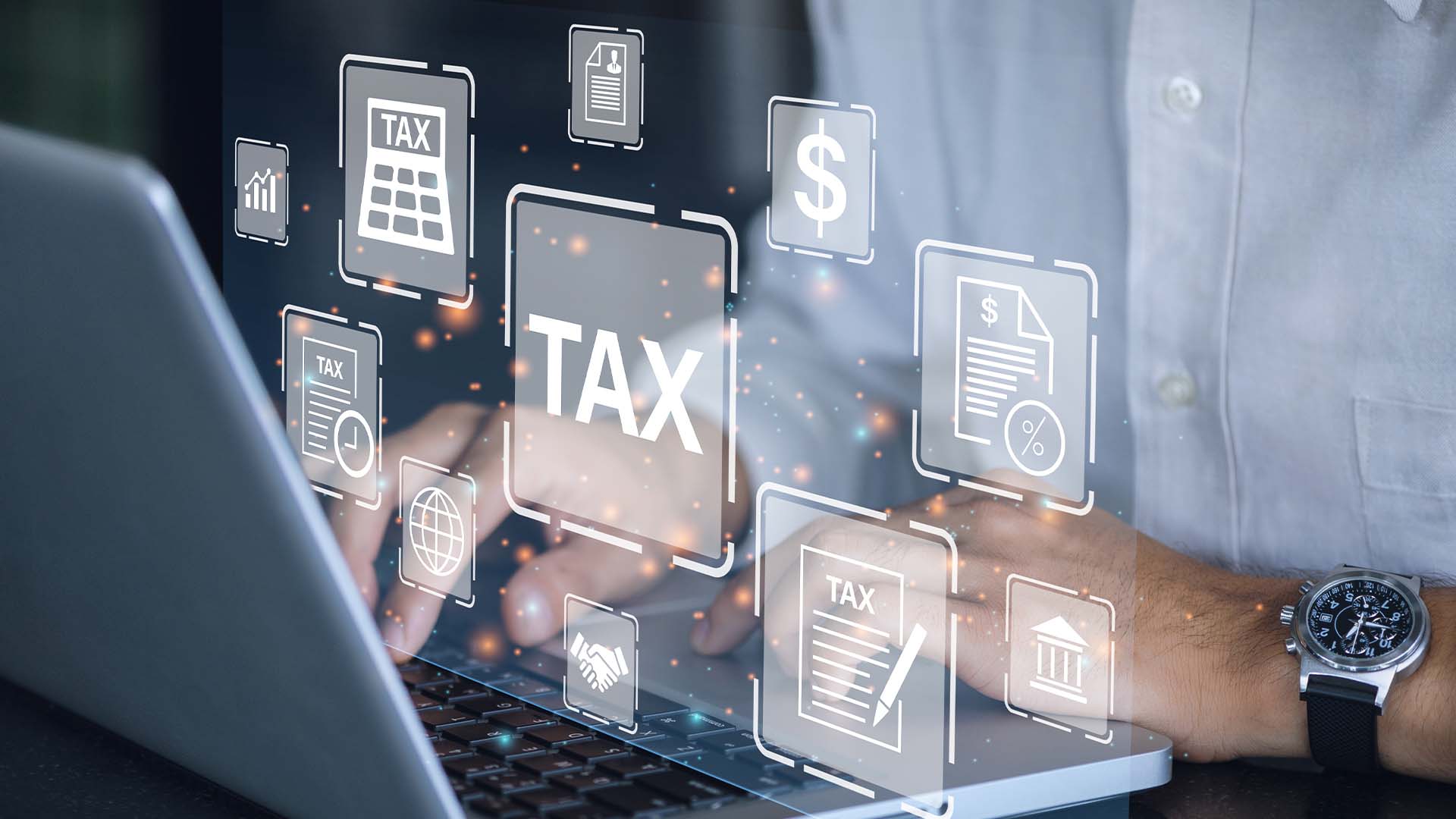
This year Tax Freedom Day falls on Thursday 8th June. This is the day of the year by which, theoretically, the average UK taxpayer will have earned enough to pay all of their taxes for that year. This includes tax on all income, as well as the purchase of all goods and services.
The tax burden is at its highest since 1949. Many allowances have been frozen until 2028 and dividend and capital gains tax allowances are being decimated. 232,000 more people will also be paying the additional 45% rate in 2023 than seen in the previous year. Fiscal drag, which is when the government increases its tax take by freezing allowances rather than increasing them in line with inflation, is seeing more people being dragged into paying more tax.
Alex Davies, founder and CEO of Wealth Club said: “British taxpayers have to work 159 days for the taxman each year before they can start earning for themselves, or to put it another way, Monday and Tuesday of each and every week is written off covering tax bills. Things look unlikely to improve in the near future, as Tax Freedom Day is projected to hit 24th June by 2026, which would be the latest it’s been since the early 1960s.
It’s therefore no surprise that we’re witnessing an ever increasing number of wealthy investors turning to investing in start-up businesses to reduce their tax bills. A recent survey among Wealth Club clients showed that tax incentives were a major driver behind a second bumper year for Venture Capital Trusts (VCTs), which have seen inflows of over £1bn for both the last two tax-years. Investment into companies qualifying for the Enterprise Investment Scheme (EIS) also hit a record £2.3 billion in 2021/22, the most recent figures available.”
In reality everyone’s Tax Freedom Day is different, and fortunately there are still legitimate ways to bring your own tax freedom date forward. That ranges from simple things like investing in pensions and ISAs, to crystallising capital gains liabilities now rather than next year or investing in early stage businesses through government backed investment schemes like VCTs and EIS.”
1. Use your ISA allowances
If you have built up substantial investments then you need to get as much of these as possible into individual savings accounts (ISAs). You can pay your whole allowance of £20,000 (for 2023/24) into a Stocks & Shares ISA, a Cash ISA or any combination of these. You pay no Income Tax on the interest or dividends you receive from an ISA and any profits from investments are free of Capital Gains Tax too. Tax-free status of ISA income can really come into its own when you retire, especially if your expected income is over the annual income tax allowance of £12,570 for basic rate taxpayers.
2. Use your pension
Saving into a pension remains the go-to tax-efficient savings vehicle. Receiving pension tax relief at your marginal rate of income tax means topping up a pension by £100 costs a higher rate taxpayer £60, or just £55 for an additional rate taxpayer. This generous relief may not be around forever so make sure to use it while you can, but remember that when you retire you may be liable for tax on income drawn if it is over the income limits.
3. Use your Capital Gains Tax Allowance
Currently, individuals have a £6,000 annual capital gains tax allowance, meaning investors can make £6,000 in capital gains before becoming liable for capital gains tax. This allowance drops to £3,000 from April 2024. The message is clear, use it or lose it. Investors in funds who are happy with their portfolio could consider selling a fund that’s performed well and buying something very similar, for instance you sell one US equity tracker and buy another.
4. Use your married couple allowance
If you are married or in a civil partnership and under 88 years old then you may be eligible for the married couples’ allowance which was reintroduced by the government last year. This can reduce an individual’s tax bill by allowing you to transfer £1,260 of your personal allowance to your spouse or civil partner if they earn more. It’s believed that there are 2.1 million couples that qualify, but many do not claim the allowance. To qualify just need to complete and return this within your annual Self-Assessment tax return, but if you don’t then you won’t receive it.
5. Invest in Venture Capital to get tax back
- Venture Capital Trusts (VCTs) offer up to 30% income tax relief, so on a £10,000 investment you could get £3,000 back. Returns are paid through regular tax-free dividends, which is a nice bonus. The allowance is a very respectable £200,000 a year.
- Enterprise Investment Scheme (EIS) investments also offer up to 30% income tax relief. There are no tax-free dividends, but one bonus here is that you can also defer chargeable capital gains you’ve realised. For as long as you stay invested in any EIS, you can forget about the CGT bill. It will only become payable once you come out of the EIS, unless you re-invest the money into another. The allowance is a whopping £1 million a year or £2 million if you invest at least £1 million into “knowledge intensive” companies.
- The Seed Enterprise Investment Scheme (SEIS) is the real winner when it comes to tax savings. You receive up to 50% income tax relief and you can also halve a capital gains tax bill. The allowance is an extremely generous £200,000. Not bad when you consider a £100,000 investment could save you up to £50,000 income tax plus £14,000 capital gains tax.
- Get back tax you’ve already paid: A valuable but often overlooked perk of EIS and SEIS investments (but not VCTs) is they allow ‘carry back’. As the name suggests, this means you can choose to offset the tax relief against the previous tax year and get back tax already paid. However, there is a catch. To be able to carry back to the 2021/22 tax year, your money must be invested – and the shares allotted – by 5th April 2023. If this deadline is not met, you can of course still offset the tax relief against the current tax year.
Alex Davies continues: “So far tax reliefs around Venture Capital schemes have survived the raft of tax-grabbing rules of the last few years – and it’s easy to see why. They provide essential capital to dynamic young businesses – a driving force of the UK economy – the tax relief is a crucial incentive for private investors and a way to mitigate the risks involved. But although it is a driver, Venture Capital investments are not just about the tax relief. Investors are increasingly realising that growth and innovation are not likely to come from the large corporates you find on the main stock market, but rather from young, ambitious, and entrepreneurial start-ups. Not all will succeed but there’s now much more support compared to, say, 10 years ago – from incubators and accelerators to public and private funding – so they should have a better chance.
6. Consider AIM ISAs to reduce IHT bill
Pensions can be passed on to the next generation relatively tax efficiently. EIS and SEIS investments should be IHT free after two years too.
The greatest IHT threat probably comes from where you least expect it: ISAs. Contrary to what many think, ISAs are not IHT free, so up to 40% of any ISA savings could be eaten up by tax.
An alternative is to consider an AIM ISA, which is a managed portfolio of AIM shares that can be IHT free after two years. You still get the ISA benefits of tax-free income and growth for as long as you live, but you don’t need to worry about IHT. In addition to investing your £20,000 ISA allowance into an AIM ISA you can also transfer existing ISAs into an AIM ISA making that money inheritance tax free too.


























